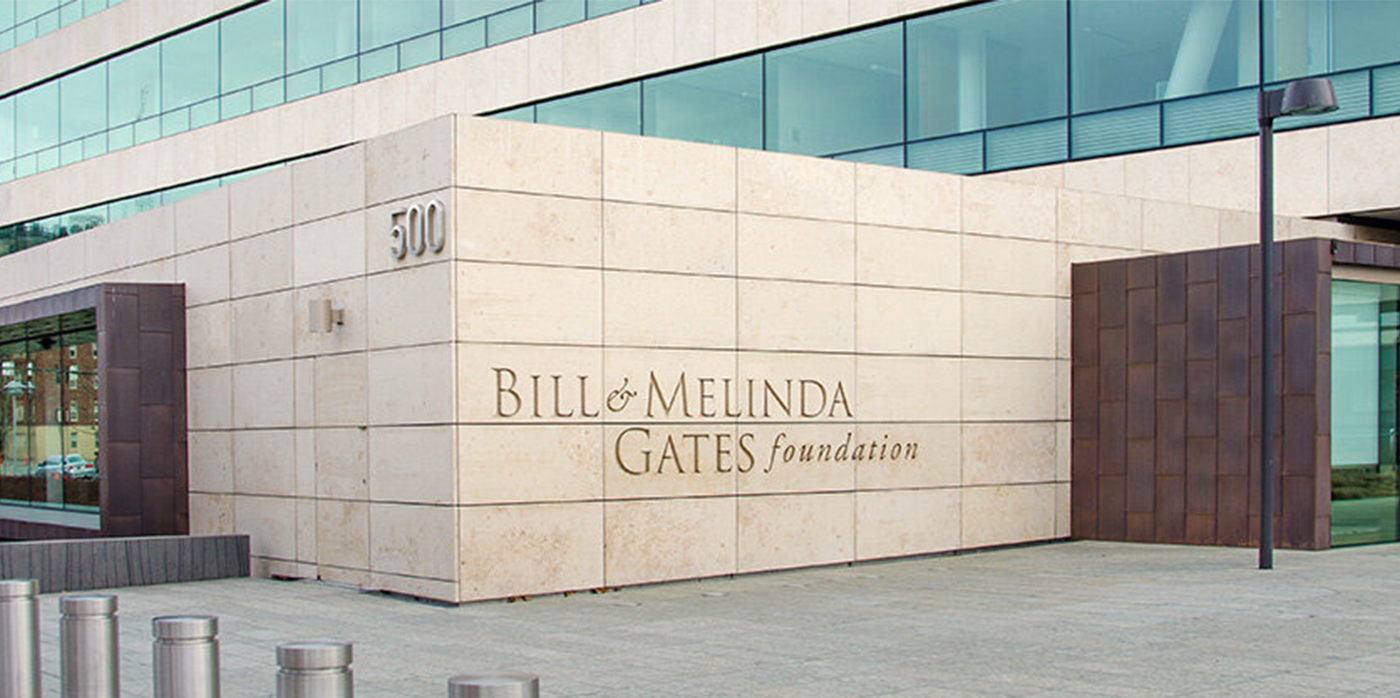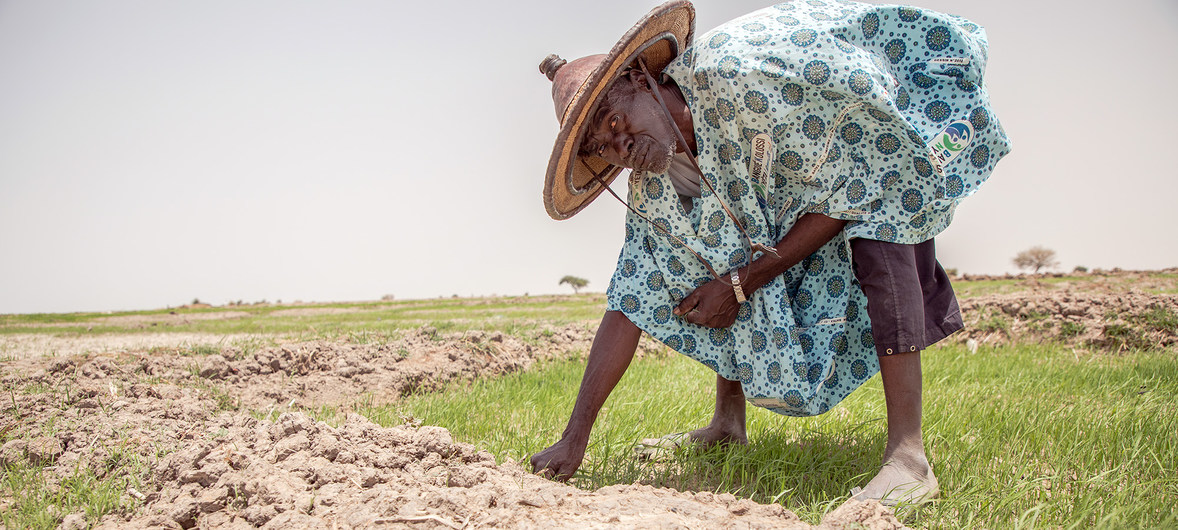Strategies are needed to avoid debt crises that developing nations are currently facing, including the urgent need to find as much as $2.5-trillion over five years to meet external debt-service costs as interest rates rise and poorer countries struggle to refinance borrowings, according to a recent study.
The findings published by the Bill & Melinda Gates Foundation-backed by Paris-based Finance for Development Lab- assume interest rates climbing by 400 basis points from levels in 2019 and a 10% decline in currencies against the dollar. It assessed conditions in 113 countries, with China and Russia among nations excluded because data weren’t available. “Current costs of funding make debt service hard to sustain, with an expected peak in 2024/2025,” according to the authors of a paper based on the model, titled “The Coming Debt Crisis”. “If such conditions were to hold, a significant liquidity crisis would quickly turn into a widespread solvency crisis.”
Developing nations, with weaker sources of revenue, have borne the brunt of surging interest rates and increased borrowing, a result of shocks including the Covid-19 pandemic and the Russia-Ukraine war, which has driven up world food and energy prices. A greater proportion of poorer countries’ debt is now owed to commercial lenders, which offer shorter maturities, and capital markets have largely closed to many governments. Total debt stock for those nations is expected to surge to $4.3-trillion in 2026 from $2.9-trillion last year and $2-trillion in 2016, a dire scenario that would almost double the number of Sub-Saharan African countries to cross the “debt-service risk thresholds”.
“If current conditions were to continue, a generalized debt crisis could materialize, especially in Sub-Saharan Africa and lower-middle-income countries more broadly,” the authors of the study warned.



